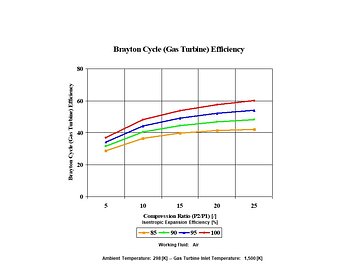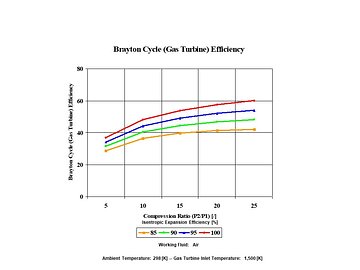Energy Conversion Ideal vs Real Operation Analysis Webinar
Finish in
150 mins!
Employees
only
of Completion
Friendly
Access
What you'll learn
Skills covered in this course
Description
In this webinar, the engineering students and professionals get familiar with the simple and basic power cycles, power cycle components/processes, compressible flow, their T - s, p - V and h - T diagrams, ideal vs real operation and major performance trends when air is considered as the working fluid.
Introduce basic energy conversion engineering assumptions and equations
Know basic elements of Carnot Cycle, Brayton Cycle, Otto Cycle, Diesel Cycle, compression, combustion and expansion processes, compressible flow (nozzle, diffuser and thrust) and their T - s, p - V and h - T diagrams
Be familiar with Carnot Cycle, Brayton Cycle, Otto Cycle, Diesel Cycle, compression, combustion, expansion and compressible flow (nozzle, diffuser and thrust) ideal vs real operation
Understand general Carnot Cycle, Brayton Cycle, Otto Cycle, Diesel Cycle, compression, combustion, expansion and compressible flow (nozzle, diffuser and thrust) performance trends
Table of Contents
Carnot Cycle
Analysis
Assumptions
Governing Equations
Input Data
Results
Conclusions
Brayton Cycle (Gas Turbine) for Power Application
Analysis
Assumptions
Governing Equations
Input Data
Results
Conclusions
Otto Cycle
Analysis
Assumptions
Governing Equations
Input Data
Results
Conclusions
Diesel Cycle
Analysis
Assumptions
Governing Equations
Input Data
Results
Conclusions
Compression
Analysis
Assumptions
Governing Equations
Input Data
Results
Conclusions
Combustion
Analysis
Case Study A
Case Study B
Case Study C
Case Study D
Assumptions
Governing Equations
Input Data
Results
Case Study A
Case Study B
Case Study C
Case Study D
Figures
Conclusions
Expansion
Analysis
Assumptions
Governing Equations
Input Data
Results
Conclusions
Nozzle
Analysis
Assumptions
Governing Equations
Input Data
Results
Conclusions
Diffuser
Analysis
Assumptions
Governing Equations
Input Data
Results
Conclusions






